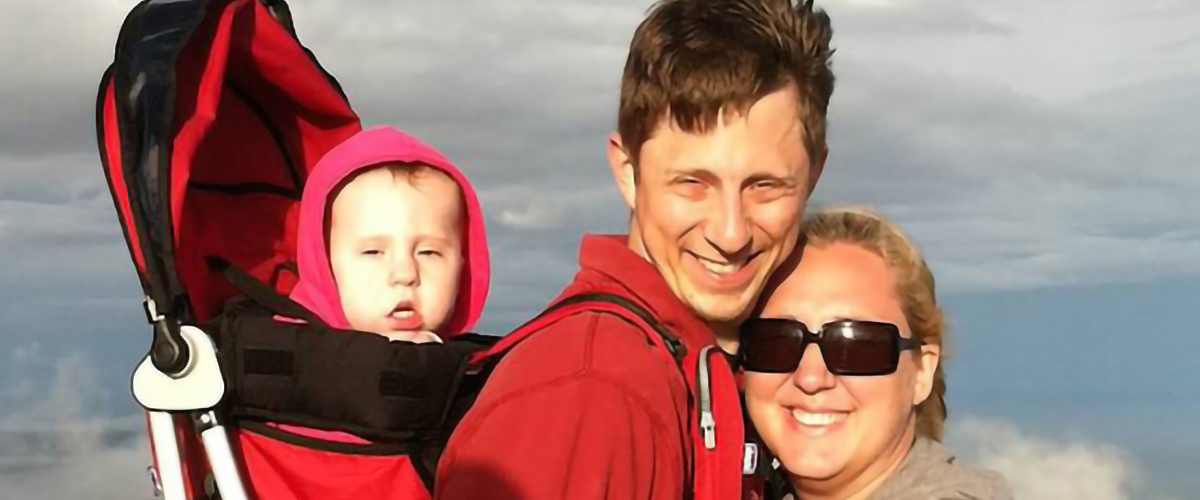Patterns:
-
Major and clinically relevant eye manifestations in congenital and childhood-onset DM1 can include hyperopia, eyelid ptosis, incomplete eyelid closure, strabismus, and other eye movement abnormalities.
-
Cataracts, while a common concern in adults, are almost never seen in children.
-
Bilateral eyelid ptosis is a frequent feature. In severe cases, it can obstruct vision and may require surgical or nonsurgical intervention.
-
Weakness of eyelid closure muscles is also a common problem and can cause corneal damage.
-
Otic infections during infancy manifested as an infection of the upper respiratory tract are frequent, and typically require surgical interventions, such as uni or bilateral tympanostomy.
Symptoms:
-
Signs of upper respiratory tract infections, especially when manifesting as an otitis media.
Diagnosis:
-
Discuss the following tests with your doctor:
-
LETTERS Baseline audiometry, especially at school age.
-
Treatment:
-
Signs of strabismus or other ocular misalignment using a cover/uncover test. Persistent dysconjugate gaze in childhood can result in amblyopia.
-
Eyelid ptosis; if ptosis becomes severe and interferes with vision, intervention such as eyelid “crutches” that can be inserted into glasses may be warranted. Try crutches as a remedy for ptosis before eyelid surgery is considered, due to anesthesia risks.
-
Refer to:
-
An optometrist for examination at diagnosis and thereafter at least annually to identify hyperopia, astigmatism, strabismus.
-
An ENT if frequent ear infections are present.
-
An ophthalmologist for regular follow-up if eye movement abnormalities or weakness of eyelid closure are putting vision at risk. Ophthalmic lubricants for dry eye can be considered.
-

